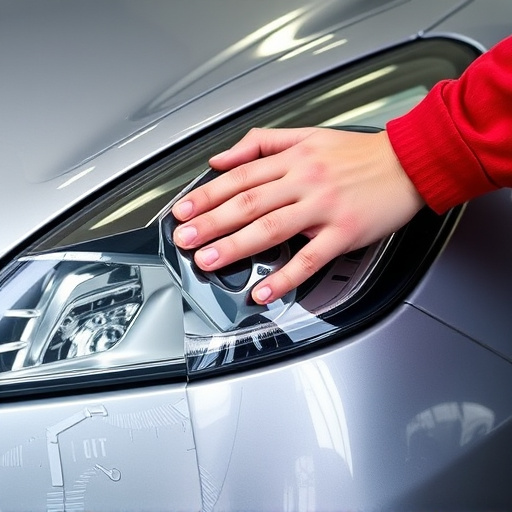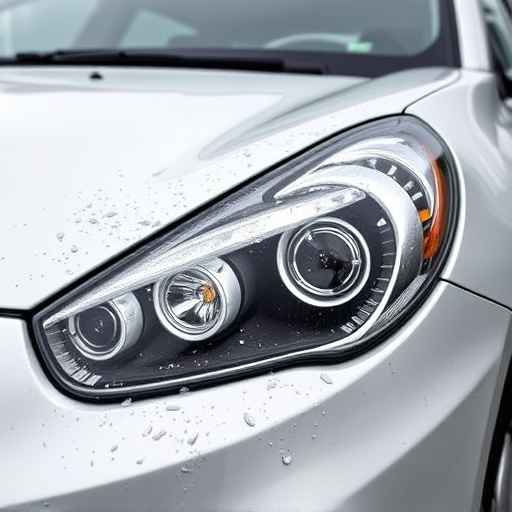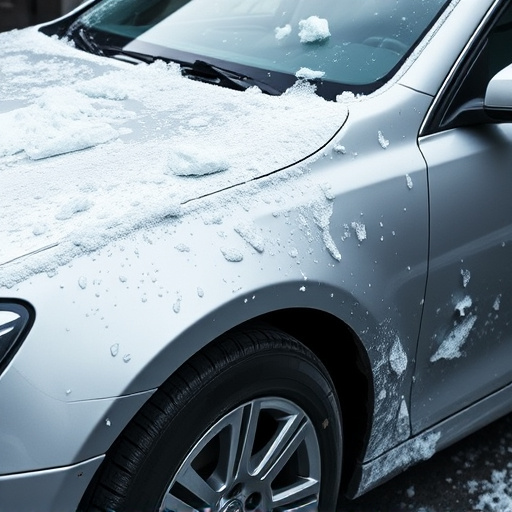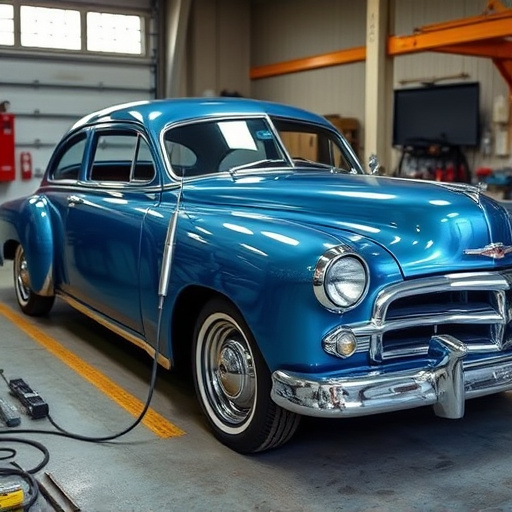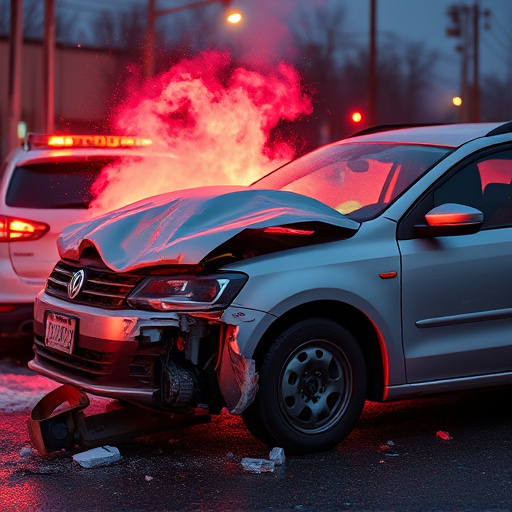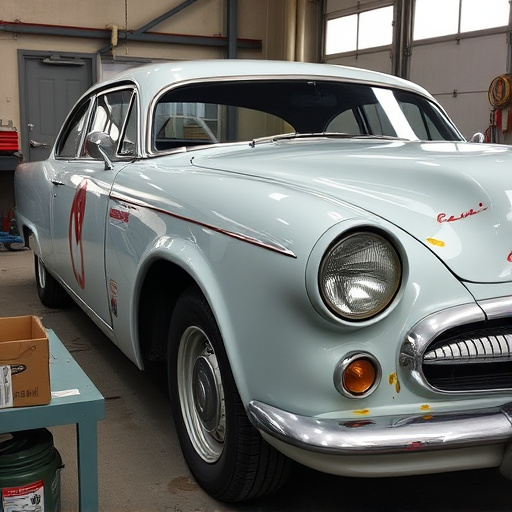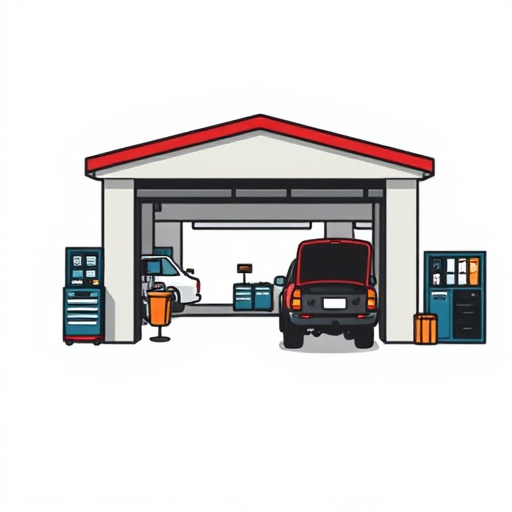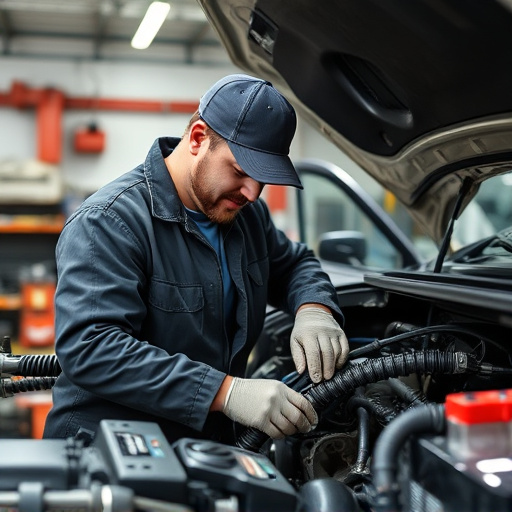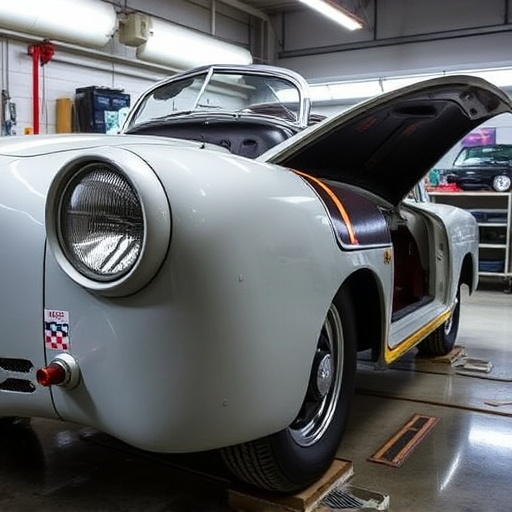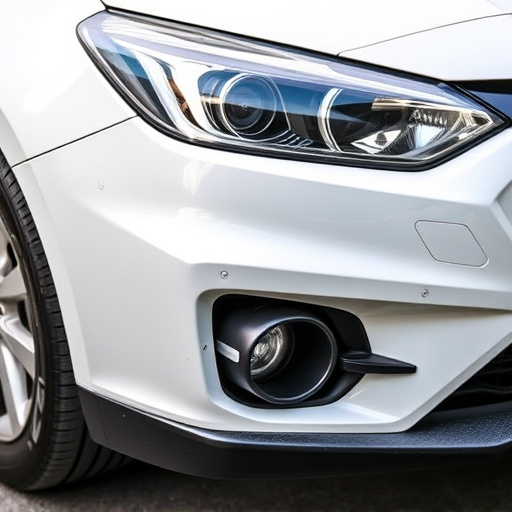Contaminants like pollutants, cleaning residues, and sunscreen can damage Tesla PPF (paint protection film), affecting adhesive bonds. Proper preparation is vital for successful repair: specialized cleaning techniques with microfiber cloths, deionized water, pH-neutral cleaners, compressed air, and ultrasonic devices remove residue. Restoring PPF involves thorough cleaning, drying with air dryers or heat guns, and meticulous application to prevent moisture interference for optimal adhesion.
“Tesla owners often wonder, ‘How do I restore my car’s Paint Protection Film (PPF) when it gets contaminated?’ This guide addresses that very question. Understanding the common contaminants affecting your Tesla PPF is the first step. We then delve into effective surface cleaning methods to ensure optimal restoration. Learn how to remove these residues and properly restore your PPF for a like-new finish, enhancing the long-term protection and aesthetics of your Tesla.”
- Understanding Tesla PPF Contaminants
- Effective Surface Cleaning Methods
- Restoring PPF After Contaminant Removal
Understanding Tesla PPF Contaminants
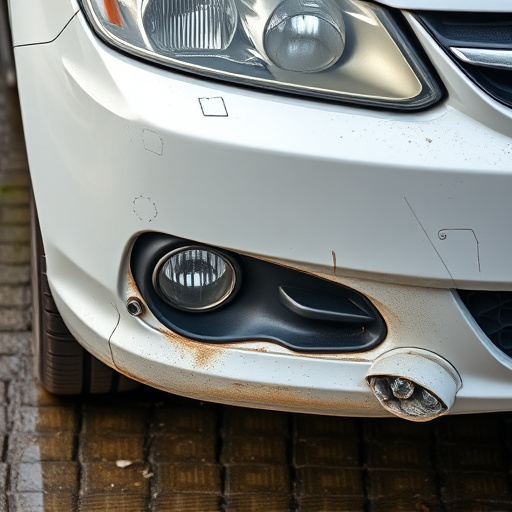
Contaminants play a significant role in Tesla PPF (paint protection film) repair, often posing challenges for auto repair near me specialists. Beyond typical scratches and chips, the film can be compromised by a variety of substances, from environmental pollutants to residue from cleaning products or even sunscreen. These surface contaminants can weaken the adhesive bond between the film and paint, leading to bubbles, cracks, or pealing.
When addressing Tesla PPF repair, it’s crucial to identify and remove these contaminants before attempting any fix. Skipping this step can result in a less-than-satisfactory outcome, as the underlying paint may be damaged further. Properly prepared surfaces are essential for successful collision damage repair, ensuring that the restored vehicle retains its sleek, protective barrier provided by the PPF.
Effective Surface Cleaning Methods
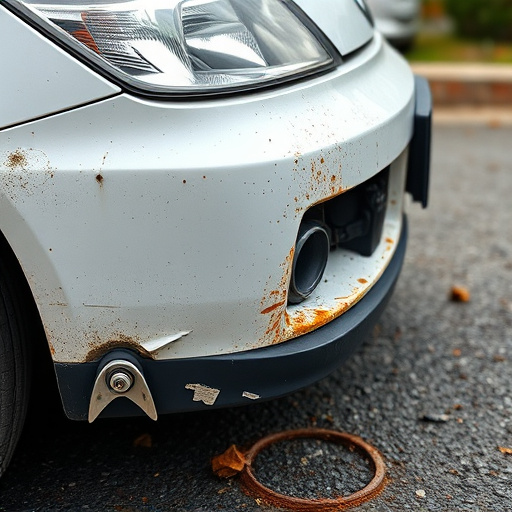
When preparing for Tesla PPF (paint protection film) repair, effective surface cleaning is paramount. Beyond simple washing, specialized techniques and products are required to remove contaminants that can compromise the adhesion of the film. This includes residue from cleaning agents used on the vehicle during previous services, as well as environmental pollutants like bird droppings, tar, and tree sap.
A comprehensive vehicle restoration often involves meticulous auto glass replacement and collision repair center procedures. For Tesla PPF repair, this means employing microfiber cloths, deionized water, and pH-neutral cleaners to ensure a spotless surface. Additionally, using compressed air can help dislodge stubborn particles, while ultrasonic cleaning devices offer a deep clean for hard-to-reach areas. These methods collectively contribute to achieving the pristine condition necessary for successful PPF application.
Restoring PPF After Contaminant Removal
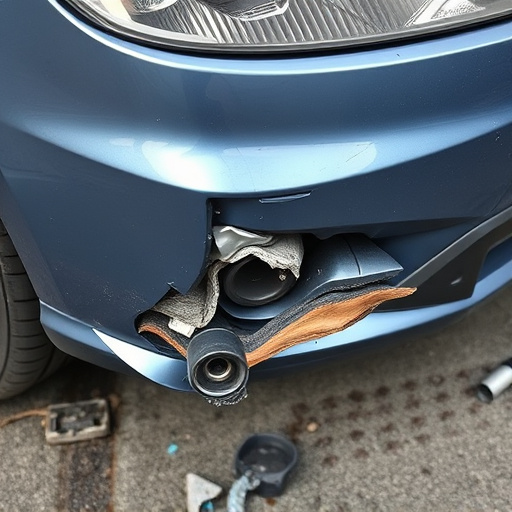
After successfully removing surface contaminants, restoring Tesla PPF (paint protection film) involves a meticulous process to ensure optimal results. The first step is to thoroughly clean the affected area with specialized solvents and brushes, eliminating any residue or debris that could hinder adhesion. This critical pre-conditioning prepares the surface for the application of new PPF material.
Once cleaned, the restored area needs to be dried completely before installing the replacement film. Proper drying ensures that no moisture interferes with the bond between the PPF and the vehicle’s paintwork. Skilled technicians might use air dryers or heat guns at a controlled temperature to expedite the drying process, ensuring precision in the subsequent car dent repair and restoring the vehicle’s exterior to its original state.
When it comes to repairing Tesla’s Paint Protection Film (PPF), proper surface contaminant removal is crucial. By understanding common contaminants and employing effective cleaning methods, you can ensure optimal restoration. After removing any traces of contamination, the PPF can be restored to its original state, safeguarding your vehicle’s paintwork for longer. Remember, meticulous care during the repair process is key to maintaining the aesthetics and protective benefits of Tesla PPF.



